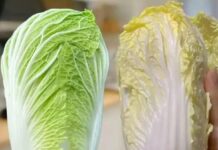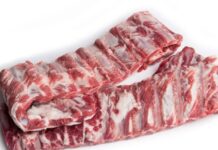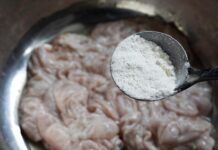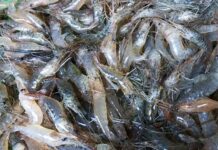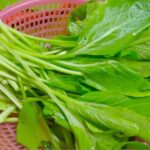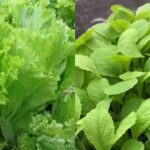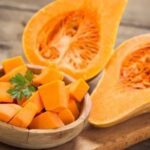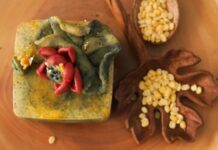Spinach
According to nutrition experts, spinach is a nutrient-rich vegetable, high in fiber and antioxidants, hence its presence in many healthy meals. However, it has been proven that spinach contains significantly higher levels of pesticide residue relative to its weight than many other vegetables, so consuming large quantities of this vegetable can impact your health.
The United States Department of Agriculture analyzed 642 samples of conventionally grown spinach and found around seven types of pesticides in each sample. Some samples even recorded up to 19 different pesticides.
Notably, 76% of the spinach samples contained permethrin – a neurotoxic pesticide. This substance has been banned for use on food crops in Europe since 2000.
At high doses, permethrin can overload the nervous system, causing tremors and seizures. Some studies suggest that even at low doses, this substance is associated with neurological issues in children.
Additionally, spinach has been found to contain fungicides and residues of other dangerous pesticides that may cause cancer.
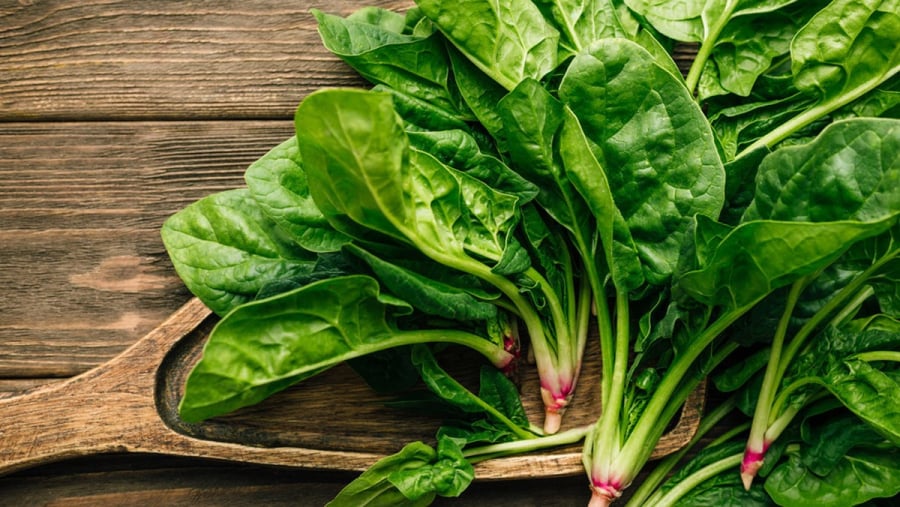
Leafy Greens: Kale, Collard Greens, and Mustard Greens
Greens such as kale, collard greens, and mustard greens are superfoods packed with nutrients, providing an abundance of vitamins, minerals, and antioxidants. They are also delicious and feature in many family meals. However, these vegetables may contain high levels of pesticide residue.
According to the United States Department of Agriculture, almost 60% of the kale samples sold in the United States contain pesticide residues that the Environmental Protection Agency (EPA) classifies as likely to be carcinogenic.
Over 35% of collard green and mustard green samples were found by the USDA to contain Dacthal, classified as a probable human carcinogen, so it’s best to steer clear of these greens.

Yardlong Beans
Yardlong beans are aromatic and beloved by many. However, they were voted as one of the vegetables with the highest pesticide content in 2024.
The Environmental Working Group assessed that yardlong beans contain two highly toxic pesticides: acephate and methamidophos, which are harmful to the nervous system. Notably, some samples contained acephate levels over 500 times higher than the limit set by the Environmental Protection Agency.
Additionally, 94 different types of pesticides were discovered in some yardlong bean samples. Several common pesticides on these beans, such as bifenthrin and carbendazim, have been classified as likely carcinogens.
“Unveiling the Surprising Calcium-Rich Fruits and Vegetables”
“For those who prefer a plant-based diet or are simply looking to reduce their meat and fish intake, there’s good news: you can still get your fill of calcium. A variety of fruits and vegetables are rich in this essential mineral, offering a delicious and nutritious way to support your health. Discover the plant-based sources of calcium that can easily be incorporated into your daily meals.”












